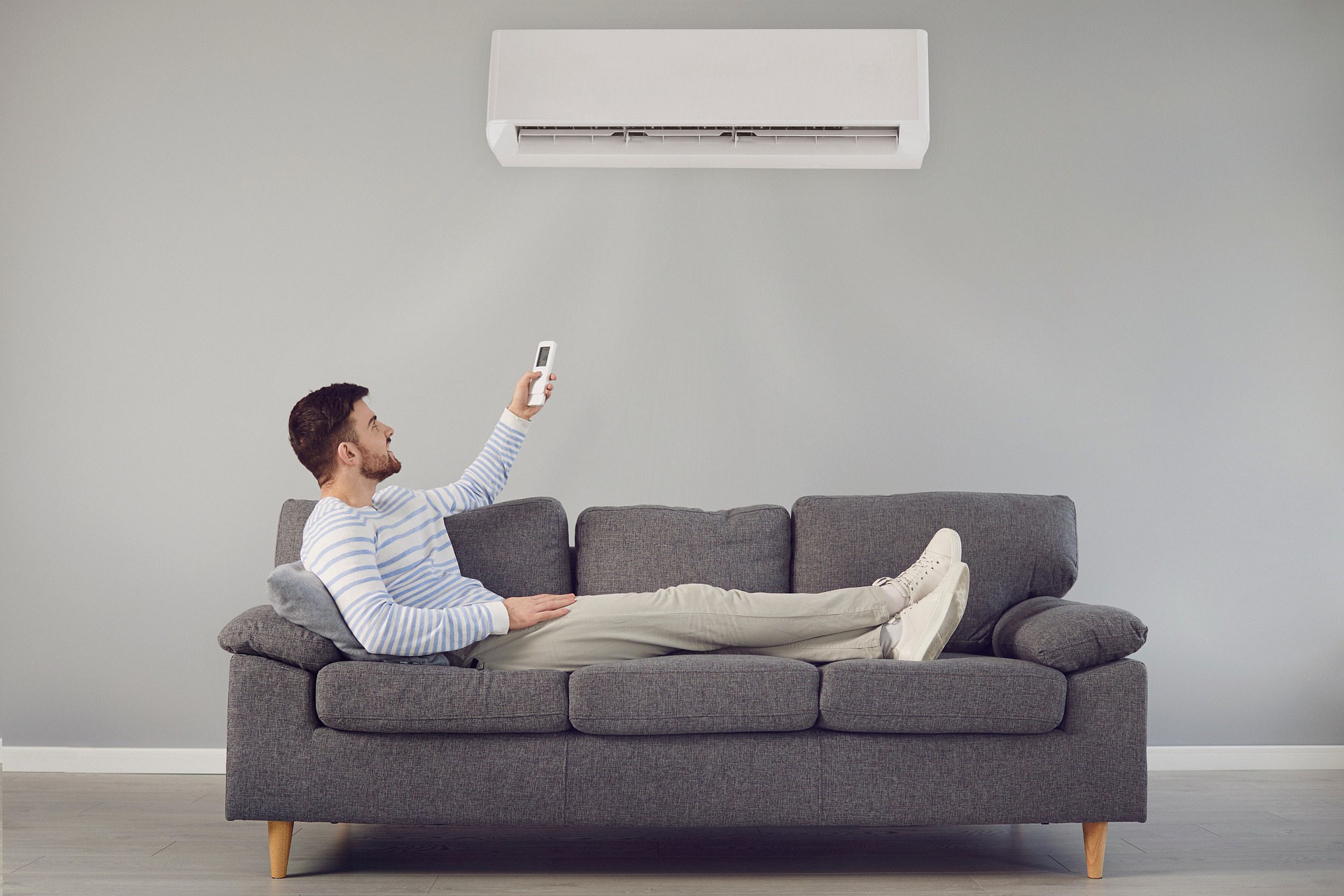There is no denying the facts – it’s July, and it is hot in Florida. Everyone’s air conditioners are working overtime to keep our homes cooled off, and sadly, that means that our utility costs may be going up. If you are running an HVAC system that is outdated or getting towards the end of its life, it is not only the heat that is putting pressure on its performance. In fact, there are a number of reasons why your energy bill is soaring more than you expected this year. In this article, we define some of the terms associated with your A/C unit, so you can determine if it is the right system for you – or if your needs have changed.
Choosing the proper air conditioner requires more than simply knowing the square footage of the home. A comprehensive evaluation of your house will help you see how BTUs, local climate, and square footage all play into your A/C tonnage needs.
What Types of HVAC Are There?
Ductless air conditioners work with a series of pipes that connect an outdoor unit to one or more indoor units to cool your home.
Packaged HVAC systems are all-in-one products for those who need to be flexible on where the HVAC equipment can be installed. The primary components are stored in one cabinet, and deliver cool air through the home’s ductwork.
Split-system air conditioners are the “typical Florida” HVAC unit. They are made up of an outdoor unit and an indoor unit that together create the desired temperature and humidity level.
Sizing the Unit
When it comes to achieving optimum performance, HVAC size does matter. If the unit is too small, the system will be running all the time – resulting in an ever-increasing utility bill. If the HVAC system is too large, the interior air will cool more rapidly than the system can dehumidify the home – resulting in the humid, sticky air you are trying to escape. This environment can also encourage mold growth inside the system and ductwork. So now that we know not to choose “too small” or “too large” of a system, what size is “just right?”
The BTU (British Thermal Unit) is the primary HVAC rating. It measures the energy your AC expends in one hour to take the heat out of the indoor air. In general, 20 BTUs are required for every square foot of space in the home. Therefore a 1,500-square-foot home should require 30,000 BTUs, and a 3,000-square-foot-home would require 60,000 BTUs.
A/C Climate Zones
While the square footage of your home will provide guidance on sizing your HVAC unit correctly, climate plays a role.
It isn’t hard to understand that a home in the Northeast probably doesn’t need the same tonnage unit as the one here in South Florida. The U.S. Department of Energy provides a comprehensive guide to assist homeowners in determining the correct climate zone. Your local electrical and HVAC expert will also be able to help you to determine the right size unit based on our climate demands.
In Conclusion:
Selecting the proper size HVAC system for your home doesn’t have to be difficult. Call a local professional for assistance. They can help you to determine BTUs, climate zone, and appropriate tonnage – and also give you invaluable advice as to the leading brands and products that can offer performance, reliability, and a warranty to protect you over the years.
Promise Electric is one of Sarasota’s premier electrical service companies, serving commercial and business clients across the region.



